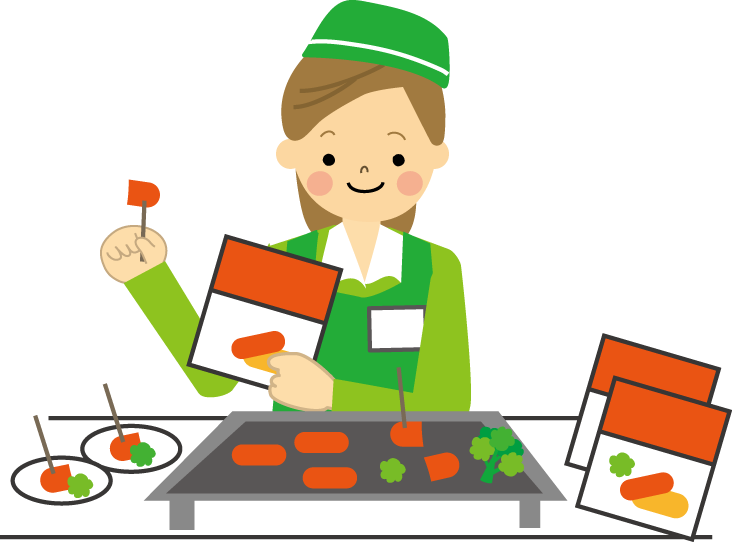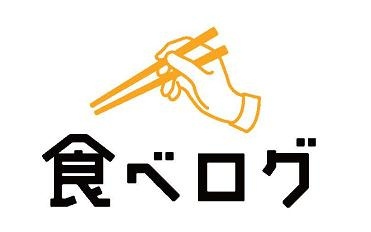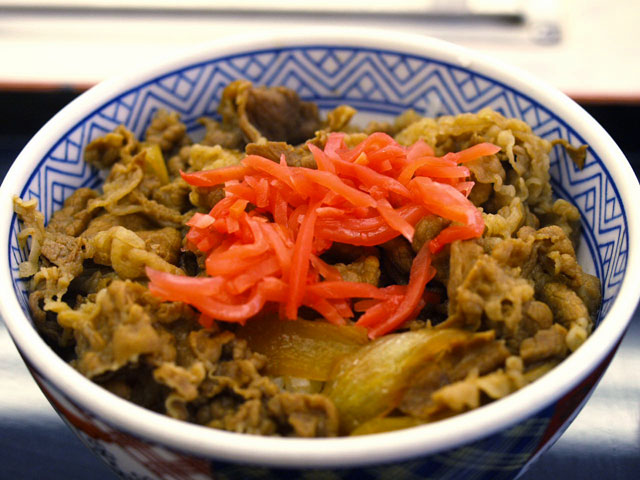
7 Ways to Get Yourself Full for under 500 Yen in Japan
For travelers on budget, food expenses are often a big concern. You need good energy for adventures, but what do you do if you can’t afford to spend very much on food? Here are tips to save on food while keeping yourself full. Remember, Japanese people are obsessed with food, so we always seek good quality even from cheap food.
This post may contain affiliate links. If you buy through them, we may earn a commission at no additional cost to you.
1. Closing-hour discounts at supermarkets
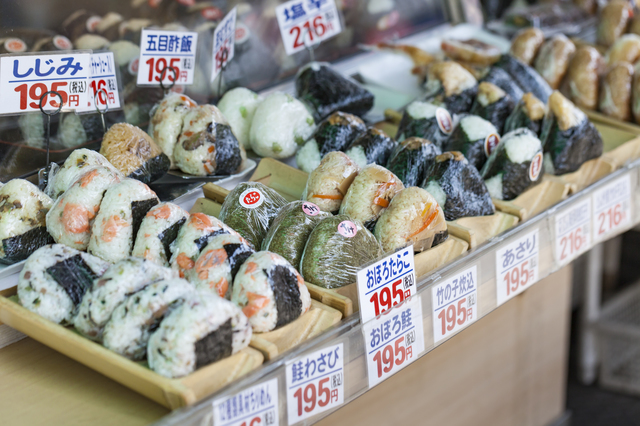
Supermarkets in Japan sell ready made food called osouzai. Many of them must go on the day or else they must be disposed, so most supermarkets sell them for 30 to 50% before closing, usually starting around 6:30 to 7pm. You look for products with stickers on their package. Often those stickers say “○割引”. 割 means 10%, so for example: 2割引 means 20% off. Our ready made food is not hotdogs or pizzas, but a variety of dishes such as salad, fries, grilled food, rice, sushi, bento boxes, etc. They are sure to exceed your expectations. There is often a microwave at supermarkets that anyone can use, and they give you free chopsticks, so you can buy food, warm it up, and eat at your accommodation.
2. Free samples
kids.wanpug.comIn department stores’ food floors (called depachika, aka. food wonderland for foreign travelers), gift shops, and supermarkets, they often have free food samples. Just wonder around in front of each shop and people working there will ask you if you want to try their food. If you like, you can buy it, but you will never be forced into buying it. Do not forget that your budget is limited. Each free sample is small, but many shops do free samples so you can get quite full after trying out several different samples. There are no rules for trying free samples, but make sure you carry your common sense with you. Do not keep asking for more and more samples if you have no intention to buy anything.
3. 100 yen shops
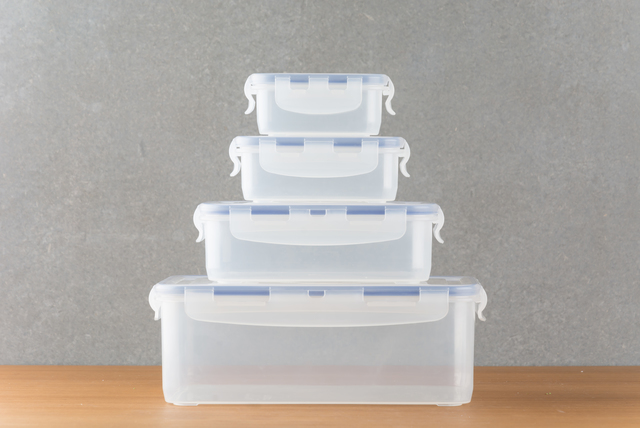
In Japan, we have a paradise for those who are on budget (both locals and travelers). It is called hyakkin, which is a 100 yen shop. The biggest brands are Daiso, Seria, and CanDo. Yes, everything there is 100 yen, but don't look at it lightly. You can get pretty much anything you need for cooking, from food to sauce pans.
If you have an access to a microwave at your accommodation, I recommend you to get a rice cooker tupperware or pasta boiling tupperware. With those tupparwares, you can make rice or boil pasta in a microwave. If your stay is relatively long, you can get 5 kilograms of rice for about $20. To give you an image, 5 kg of rice is about 33 Japanese cups, and makes about 100 regular size rice balls. One cup per meal is more than enough. Let’s say you eat one cup per meal, it costs only 60 yen per meal. Plus, you can get some canned food or seasonings also from hyakkin.
If you do not fancy rice, then get a pasta boiling tupperware, pasta and pasta sauce all from hyakkin (they have great variety of sauces). You should have some vegetable too so you can get cut and washed vegetable for 100 yen or less from a supermarket or convenience stores.
Even if you can afford to have food at restaurants, hyakkins are a must see. You will understand why Japanese people moan everything is expensive when they are abroad.
4. Coupons
In Japan, there are several coupon apps for restaurants. 食べログ(Tabelog), ぐるなび(Grunavi) and ホットペッパー(hotpepper) are the biggest. Unfortunately, their English pages are not as great and useful as Japanese ones, but you can still find some coupons there. However, it is pretty difficult to eat for under 500 yen at restaurants even with coupons.
But don’t worry. We have coupons for burger shops too. McDonalds, Burger King, KFC, and Mos Burger offer coupons on their smartphone apps. You sometimes miss food that you are familiar with, right? Even if you are stubborn, insisting that you only want to have local food, those franchise burger shops in Japan also have their original menu. For instance, McDonald’s offer Teriyaki chicken burger. Also, you may want to check their websites and find that they are proud of the quality of their products. They mention where their ingredients come from, who the farmers are, etc. I especially recommend Mos Burger. Their ingredients are extra fresh and safe.
5. Gyu-don bars
Photo by idua_japan on FlickrThere are a few franchise gyu-don bars; Yoshinoya, Sukiya, and Matsuya. Gyu-don is a bowl of rice topped with beef and onion. You can get a medium size Gyu-don for 380 yen at Yoshinoya, 350 yen at Sukiya, and 290 yen at Matsuya. They also do some other dishes such as curry, pork-don, etc. They are all around 400-500 yen. The good thing is not just that they are cheap, but also that most of them are open 24 hours. If you get hungry after drinking, this is a good place to eat. Either you eat in or get a take away, they are ridiculously fast to prepare your meals. Some branches even have drive-through counters.
6. Convenience Stores
Convenience stores, called Konbini for short in Japanese, are also useful to save money on food. Competitions among konbini chains, especially the three major ones (Seven Eleven, Lawson, and Family Mart) have been growing bigger and bigger year by year, and no other countries’ konbinis can beat the quality of Japanese ones.
Konbini is one of the big things foreign travelers miss after going back to their countries, among vending machines and high-tech toilets. They make their original brand onigiri rice balls (100 yen-200 yen each), bento lunch box (380-600 yen), fried food, and sweets. You will almost find no difference between konbini food and restaurant food. They also have instant food such as cup noodles. One cup noodle and one onigiri will be pretty filling even for men. Usually you can get free hot water at konbinis so you can eat right away. Sometimes they have tables and chairs inside or outside the store. You might be imagining some overly cooked soft noodles and horribly flavored thin soup, but no, that is not right. Japanese instant food is amazing. In addition, their original blend coffee will also surprise you. You do not need to pay a lot for a cup of good coffee every morning any more, it is only 150 yen at konbinis.
7. Campus Cafeteria
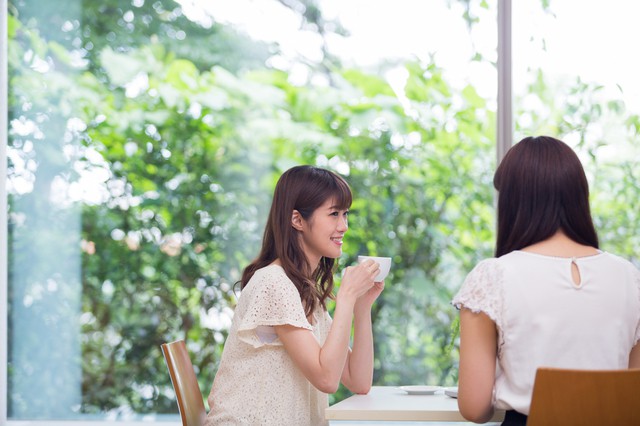
Most of the universities throughout Japan have cafeterias on campus that are open to the public. Meals at campus cafeterias are obviously made for college students so they are cheap, are of good quality, and has a large portion.
Toyo University (Tokyo) and Aoyama Gakuin University (Tokyo) especially have high reputations for having amazing (quality, price, and portion wise) meals. It is also fun to see different campuses as each campus has its own characteristics. You may explore the campus and then enjoy their meals to feel like being back in school again or being a student in Japan. If you do not know how and what to order, just ask one of the students near you. Many Japanese college kids are eager to communicate with foreigners, but sometimes too shy to speak, so if you initiate, they will be happy to help you and even to sit and eat together.
Title Image: Salvacampillo / Shutterstock
The information in this article is accurate at the time of publication.

